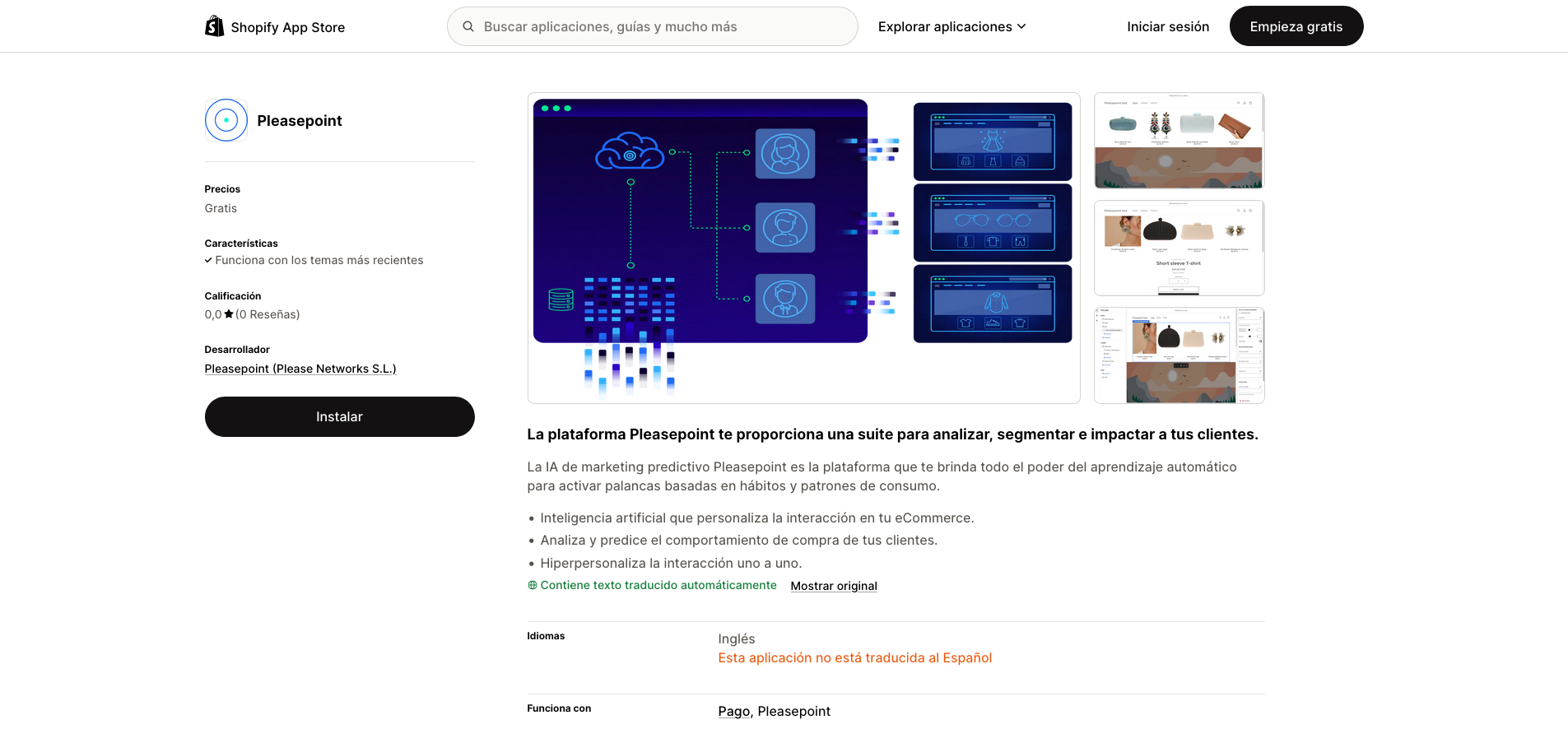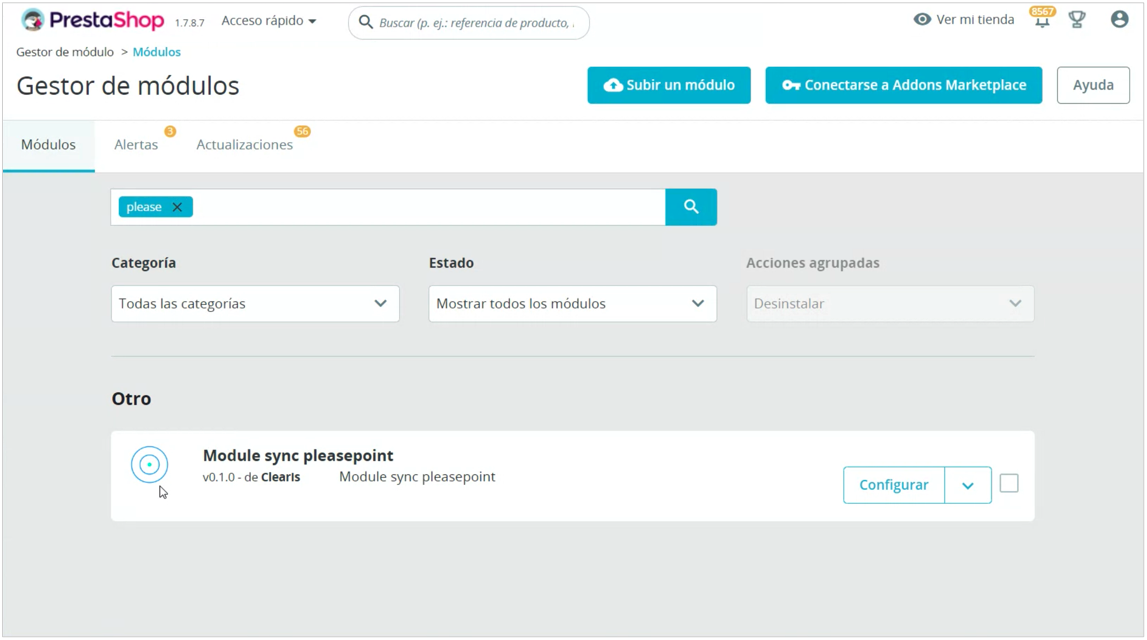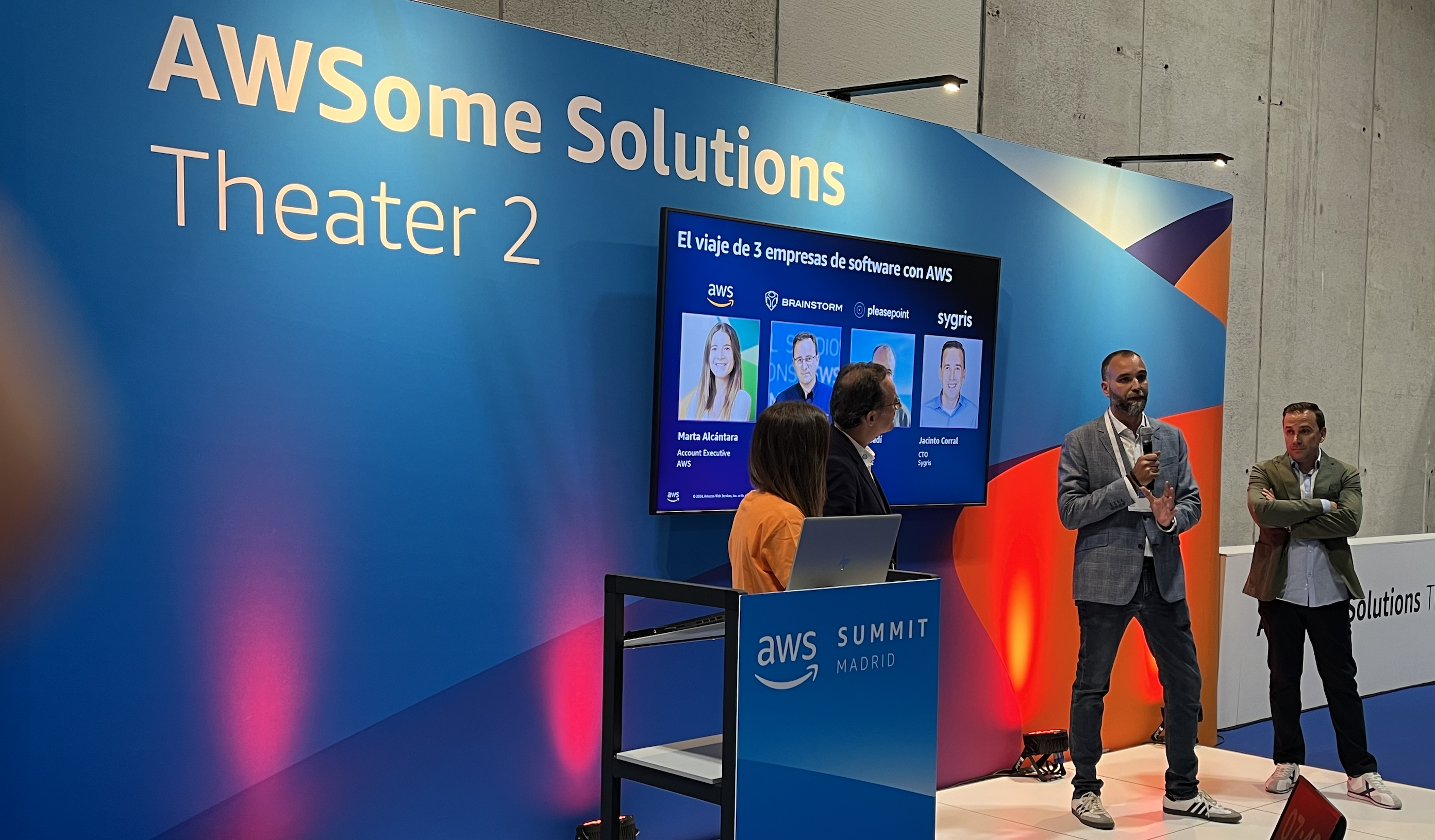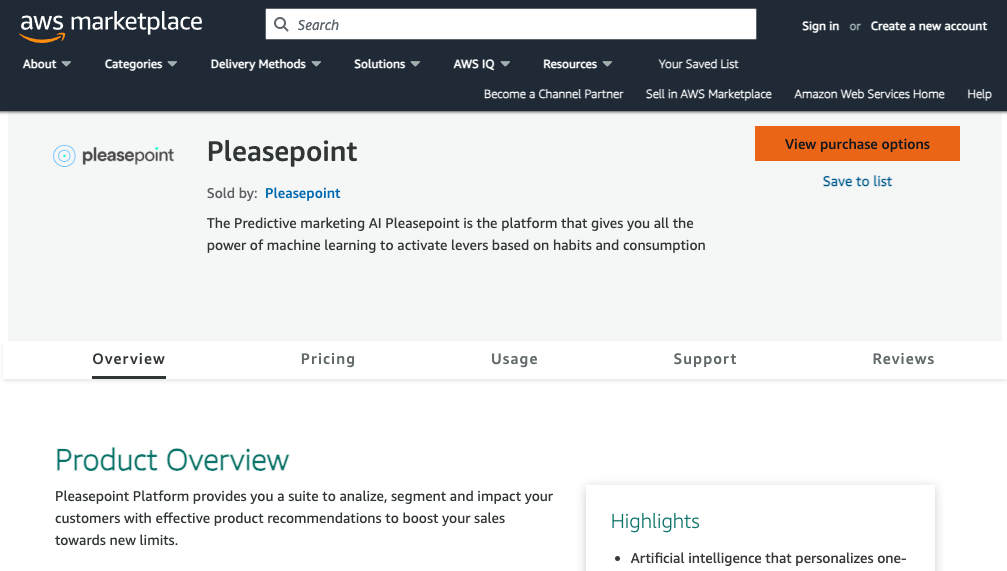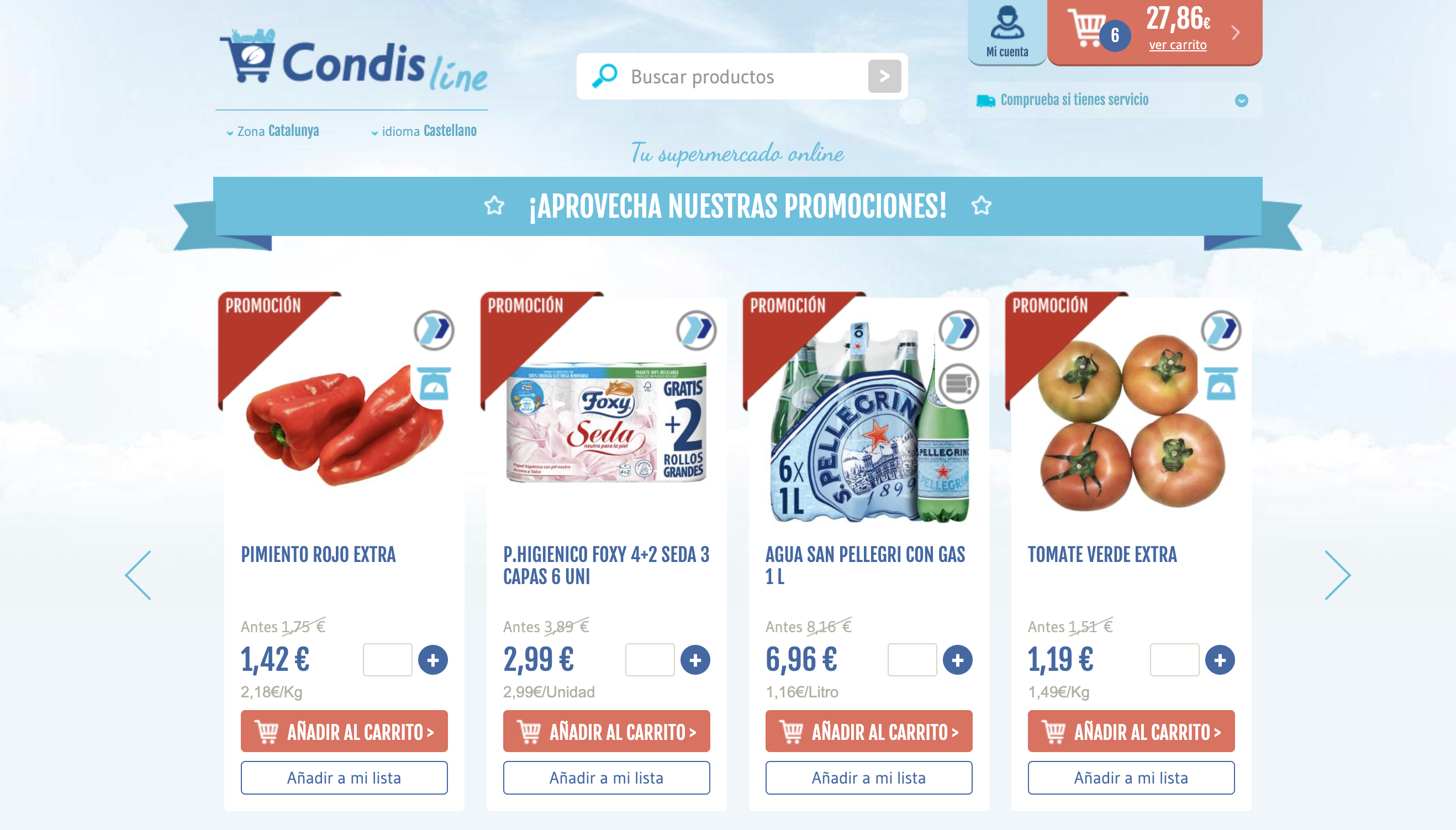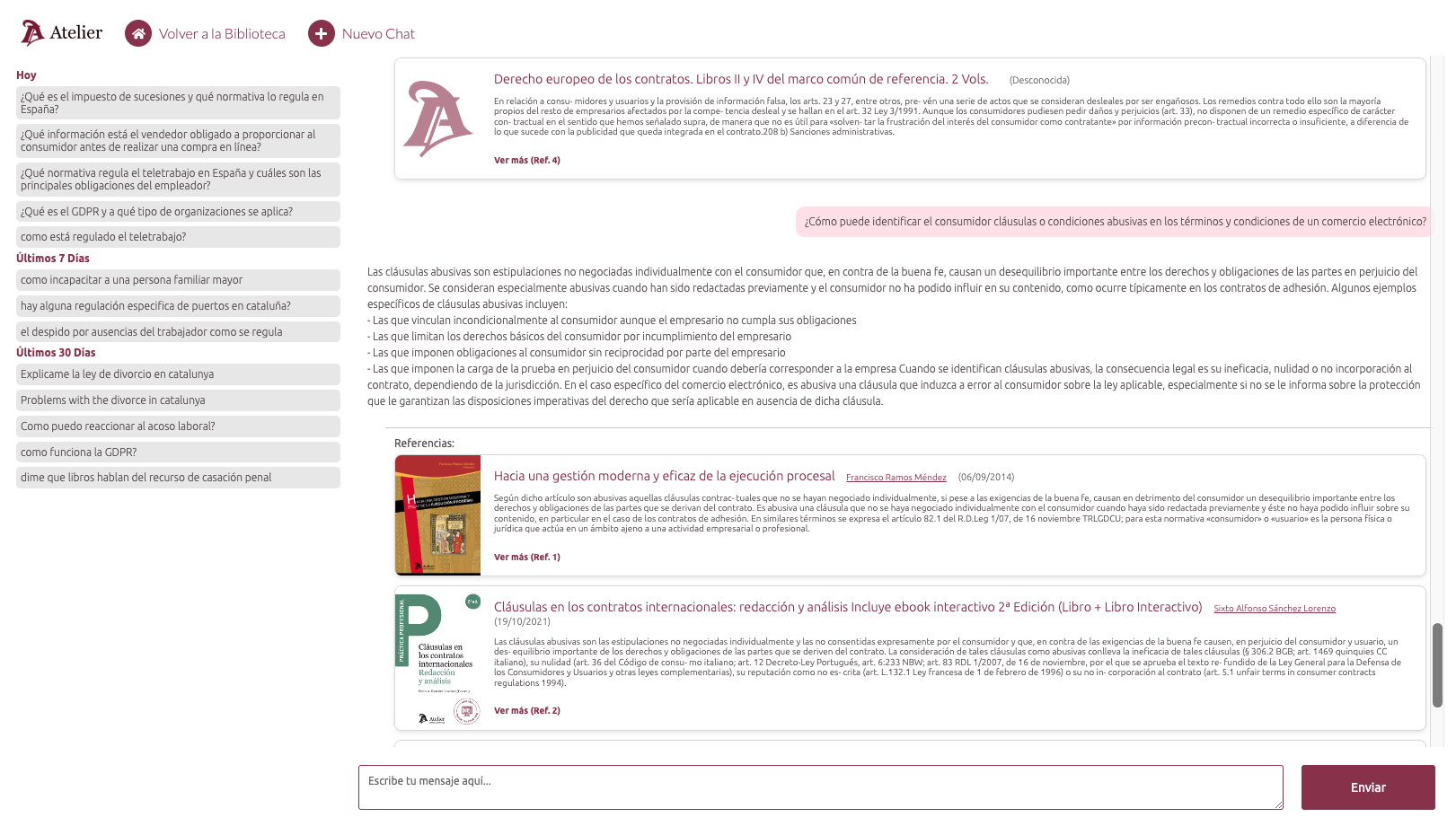Big data and artificial intelligence techniques allow us to regain the personalized communication we once had. Over the past decades, we’ve lost that personalized touch due to the explosion of the digital world. This has now changed.
Hyper-personalized communication is the greatest marketing challenge for companies today, especially for retailers and eCommerce businesses.
Personalizing promotions significantly increases conversion rates.
It's common to see marketing teams celebrating a 4% CTR. In reality, this means that for 96% of recipients, your email has been irrelevant. This is a terrible result. Conversions increase with the relevance of the content we send. It’s time to start changing the marketing strategy approach.
Our communication efforts should be focused on sending the customer what they need. Our focus should always be the customer. Only then can we increase revenue and profitability for a company. You may need to drastically change your company's marketing strategy, which is too focused on the product and/or channels, and instead focus on what’s truly important: the customers.
Utiliza la Inteligencia de Pleasepoint para aumentar el ROI de tus acciones de CRM, marketing y publicidad digital.
Pleasepoint es la plataforma de machine learning que segmenta los clientes de tu CRM con predicciones de compra por cliente y personaliza tu marketing digital a escala.
Solicita una demo para ver las ventajas de trabajar la segmentación de clientes utilizando el Customer Lifetime Value, personalizando según el perfil de buyer-persona basado en datos y la recomendación de productos one-to-one.
Solicita una demoDon’t think about the number of personalizations you should make. Start personalizing campaigns and promotions, measure the results, and keep advancing.
To personalize, you need to analyze customer data. With AI models, you can identify customers who add the most value to the company and their purchase propensities. To start with predictive analysis, follow these four steps:
- Calculate the profitability of each customer with Customer Lifetime Value (CLV).
- Score CLV to create three levels of profitability.
- Cluster customers based on their relationship with products to understand their purchase propensity.
- Cluster customers based on their relationship with brands to understand their preferences.
- Cluster based on behavior to provide context to their actions.
How do I transition to a 100% customer-oriented marketing strategy?
Predictive marketing is a way to offer more relevant customer experiences at any touchpoint, better retaining customers and boosting revenue.
A quick way to identify where you stand is to see if the marketing team spends more time developing and managing customer relationships or developing various sales channels. If you’re in the latter case, it’s time to start changing. Your priorities should be:
- Identify the products your customers will want in the future.
- Grow the CLV of each customer to increase overall profitability.
- Transform the organization based on two fundamentals: truly putting the customer at the center of everything and making data-driven decisions.
- Personalize customer interactions.
- Align communications with each customer’s interest and purchase intent.
You’ve probably heard countless times that the customer should be at the center of everything. If the marketing department is organized by channels and the above points aren’t covered, it’s just words.
Analyzing customer data is the path to relevant communication
The customer database is the most important digital asset for companies, and the information extracted is crucial for business growth.
The goal of customer data analysis is to predict individual customer behavior and group them in the most practical, meaningful, and actionable way. Thanks to big data and AI, you’ll detect:
- A customer is about to purchase a product.
- A customer is about to stop buying from you permanently.
- A group of consumers only buys with a discount.
- A group of consumers buys during product launches.
- Some customers buy in large volumes but also have a high number of returns.
Si has llegado hasta aquí esto te interesa.
Pleasepoint es la plataforma de machine learning que segmenta los clientes de tu CRM con predicciones de compra por cliente y personaliza tu marketing digital a escala.
Solicita una demo para ver las ventajas de trabajar la segmentación de clientes utilizando el Customer Lifetime Value, personalizando según el perfil de buyer-persona basado en datos y la recomendación de productos one-to-one.
Solicita una demoConsumers want closer relationships with brands
This year is the year of personalization. 70% of European consumers expect brands to personalize their communications and/or promotions during 2020.
The best-valued channel for content personalization is email, far above the website, push notifications, banner ads, or social media ads.
The real strength of AI marketing lies in its ability to make accurate predictions about customer behavior by learning from past data.
Proactively recommend products your customers want to buy.
Predictive analysis allows us to predict when a customer is about to buy a product, group consumers with similar purchase patterns, identify those who only buy with promotions, etc. There are three types of predictive analysis: unsupervised learning (clustering models), supervised learning (purchase propensity models), and deep learning (used for recommendations).
Unsupervised learning models seek hidden patterns in data without trying to predict or calculate any outcomes. They are ideal for creating customer groups with shared tastes or consumption habits for personalized communication.
Supervised learning models calculate outcome predictions using past data as training. A common prediction is the Customer Lifetime Value of each customer or the next product they will buy.
Deep learning aims to recommend the best product, promotion, and content to each customer. It’s used for real-time purchase experience personalization.

